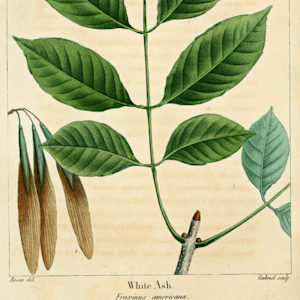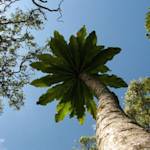Rafflesia
2023 CE • Brunei, Indonesia, Malaysia, the Philippines and Thailand
"Parasitic, elusive and emitting an overwhelming odour of putrefying flesh, Rafflesia . . . has intrigued botanists for centuries . . . The blooms of the Rafflesia have become famous for their odour of decaying meat, produced to attract flesh-eating flies. But the genus – which includes the largest flowers in the world, at more than a metre across – is at risk due to the destruction of forest habitats in south-east Asia . . . Rafflesia is a parasitic plant that has no leaves, stems or roots, and does not photosynthesise. Instead, it uses long filaments that look like fungal cells to extract food and water from tropical jungle vines across Brunei, Indonesia, Malaysia, the Philippines and Thailand. Rafflesia spends most of its life hidden within the vine, but then produces a cabbage-like bud that turns into a giant rubbery flower. The flower pollinates via a thick, sticky liquid that dries on to flies. After European explorers first discovered these plants in the late 18th century, seeing – or collecting – the flower became a goal of many expeditions, with scholars particularly fascinated with how it connected to the jungle vines." Because many of the Rafflesia species have limited distributions, they are especially vulnerable to habitat loss, threatening their survival in the wild.
Phoebe Weston, "The world’s largest – and stinkiest – flower in danger of extinction, scientists say," The Guardian, September 20, 2023.
Image: Yuliana, CC BY-SA 4.0, via Wikimedia Commons


Learn about Maya Lin’s fifth and final memorial: a multi-platform science based artwork that presents an ecological history of our world - past, present, and future.

Discover ecological histories and stories of former abundance, loss, and recovery on the map of memory.

Learn how we can reduce our emissions and protect and restore species and habitats – around the world.

See how art can help us rethink the problems we face, and give us hope that each one of us can make a difference.

Help make a global memorial something personal and close to home. Share your stories of the natural world.


